Deck & Commander Strategies

Aragorn and Arwen, Wed
Focuses on creating and enhancing numerous tokens to swarm the board and gain incremental advantages through +1/+1 counters and vigilance, aiming to overwhelm opponents with wide board presence.
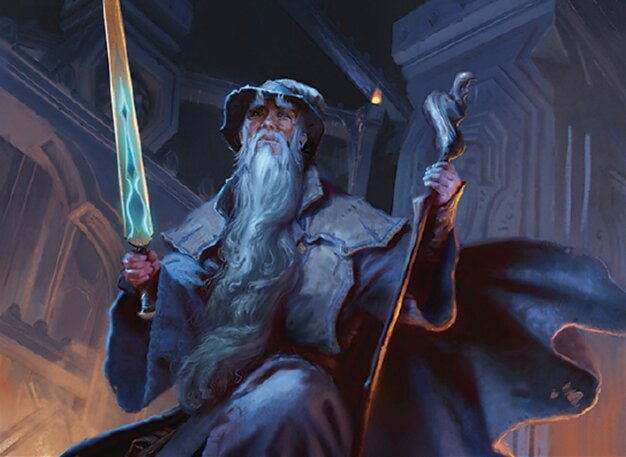
Gandalf the Grey
Leverages instant and sorcery spells, copying them for repeated effects such as dealing damage to opponents and tapping or untapping permanents, aiming to control the board and apply pressure.
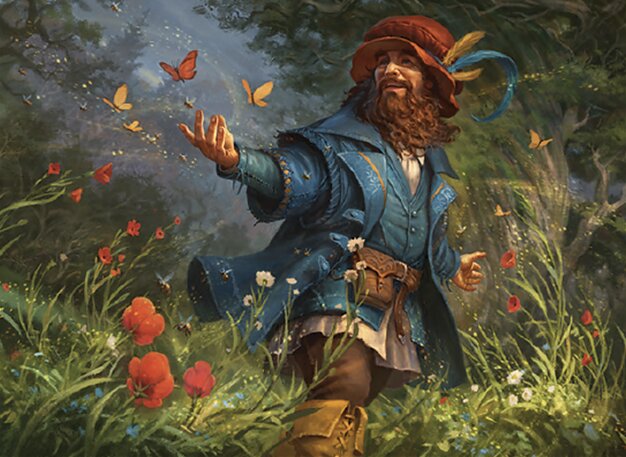
Tom Bombadil
Utilizes sagas and lore counters to trigger powerful saga effects, including putting additional sagas directly onto the battlefield, gaining hexproof and indestructibility to protect his board state.
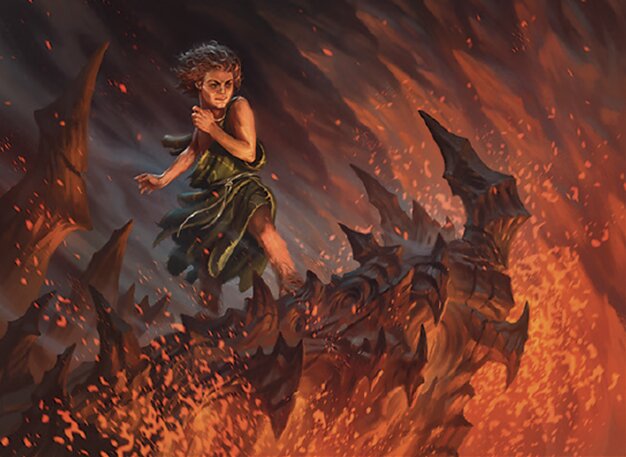
Frodo, Sauron's Bane
Transforms into a halfling rogue with a game-ending combat damage trigger if the ring has tempted him multiple times, creating a high-stakes threat that opponents must manage carefully.
Gameplay Insights
- 1
The choice to play in a two-headed giant format shifted the dynamic to a shared life total with cooperative attacking and blocking, promoting teamwork and joint decision-making on targeting and defense.
- 2
Tom Bombadil’s saga-centric deck required careful management of lore counters and saga triggers to maximize value and unlock hexproof and indestructibility, making his board state resilient to removal.
- 3
Gandalf’s ability to copy instant and sorcery spells allowed for flexible responses and repeated damage, which likely forced opponents to be cautious with their plays.
- 4
Frodo’s conditional instant-win ability introduced a tense threat that shaped opponents’ combat and removal priorities, as allowing him to connect multiple times could abruptly end the game.
- 5
Ramp spells and mana acceleration, such as Soul Ring and Arcane Signet, were pivotal early plays to enable casting higher-cost commanders and spells ahead of curve.
Notable Cards
-
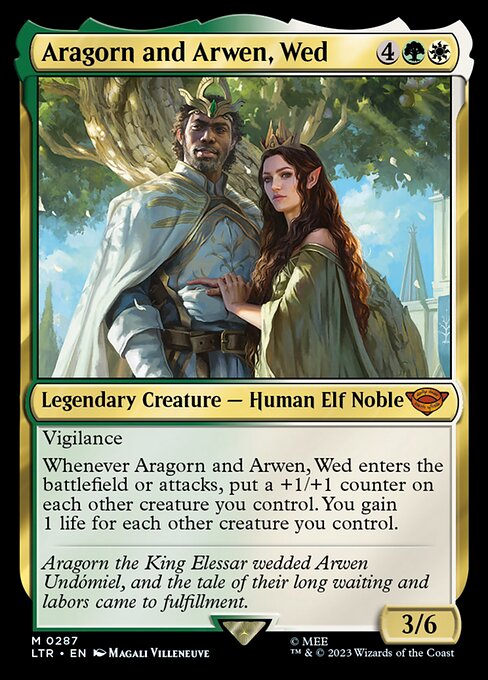
Aragorn and Arwen, Wed
-

Gandalf the Grey
-

Tom Bombadil
-

Frodo, Sauron's Bane
-

Smoldering Egg // Ashmouth Dragon
-

Arcane Signet
-

Myriad Landscape
-
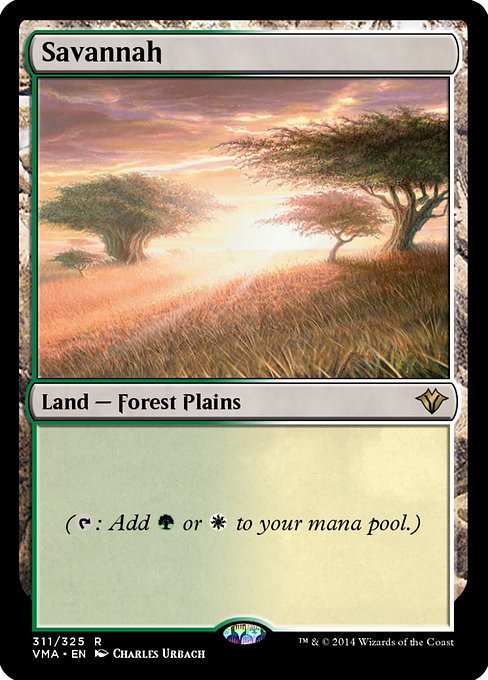
Savannah
Gameplay Summary
The game began with players deploying their signature commanders and establishing their board states in a two-headed giant variant, where teammates share a life total but maintain separate boards.
Early turns focused on ramping and setting up key synergies: the token-heavy strategy of Aragorn and Arwen aimed to go wide with numerous creatures, while Gandalf the Grey's deck sought to leverage instant and sorcery spells for control and damage, copying spells to maximize impact.
Tom Bombadil’s deck revolved around sagas, using lore counters to trigger powerful effects and generate more sagas, while Frodo, Sauron's Bane represented a potent threat with a potential instant win condition if allowed to connect in combat multiple times.
As the game progressed, each team worked on their respective plans—token swarm, spell control, saga recursion, and the looming threat of Frodo’s lethal damage.












![Battle for the One Ring, ft. Frodo, Bilbo, Tom, and Gandalf [EDH/Commander Gameplay 2023] thumbnail](https://i.ytimg.com/vi/eBY9qYO50o4/sddefault.jpg)



















![Gandalf vs Urza vs Averna vs Dihada [EDH/Commander, Magic the Gathering Gameplay 2023] thumbnail](https://i.ytimg.com/vi/5CXLiWw55PA/sddefault.jpg)
![Everything is Fine. Don’t Click this Video, ft. Purphoros, Gandalf, Akiri, Braids [MTG EDH Gameplay] thumbnail](https://i.ytimg.com/vi/lBhszeoeVoc/sddefault.jpg)
